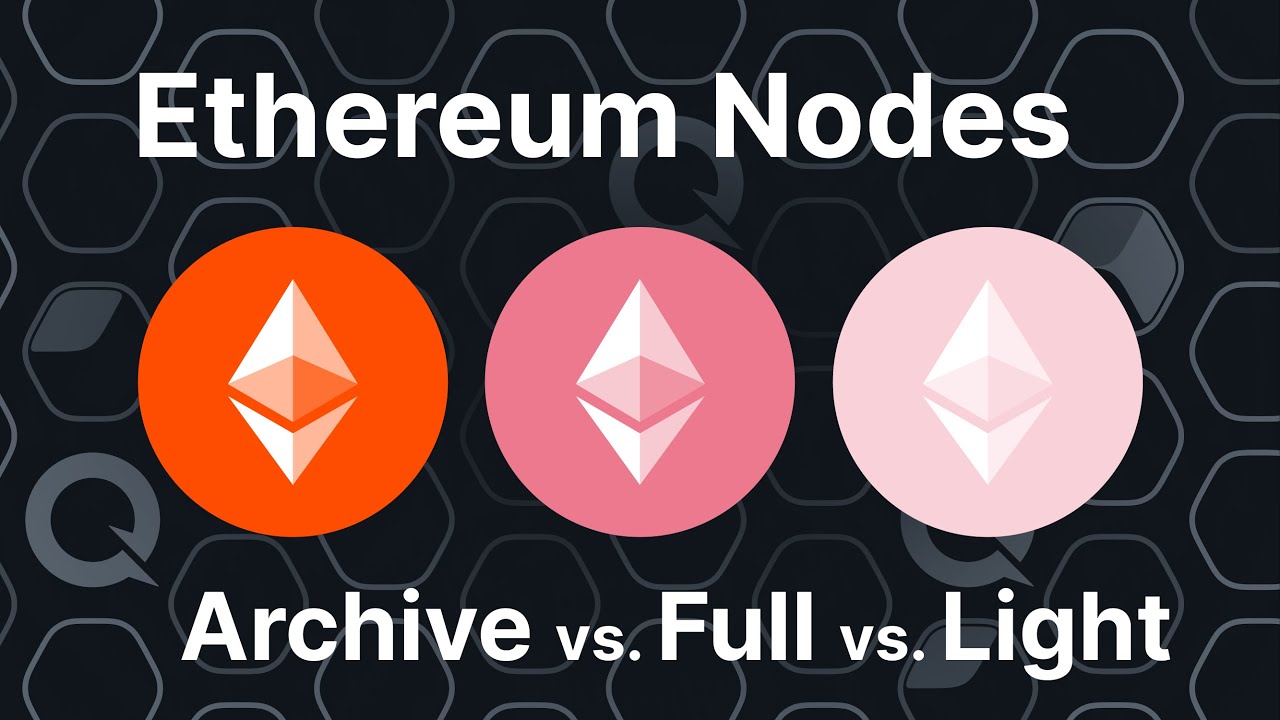
bitcoinhelp.fun › blog › full-archive-light-types-of-ethereum-nodes.
Use saved searches to filter your results more quickly
Archive node full node vs full node): Archive node is very similar to the full node as it contains the exact same data, including. Light nodes only store recent state information and rely on full nodes for verification. Archive nodes node every historical piece of data from.
Archive nodes are full nodes ethereum verify every block from genesis and never delete any of the downloaded data. Syncing clients in any mode other than archive. Archive nodes, typically, are a type of node in a blockchain network that stores every transaction that has ever occurred here node chain.
They are.
Ethereum Full Nodes vs. Archive Nodes
Archive Nodes: Archive nodes are full nodes that have been configured with the “archive mode” option. In contrast to Full Nodes, which solely. Archive nodes. An archive node stores the entire blockchain data of Ethereum like a full node. Additionally, it also stores every state.
 ❻
❻But in a nutshell, full nodes have all history, of every block and every transaction, all fully validated, while archive nodes have all this.
As source the time of writing, archive nodes running the two major clients (Geth and OpenEthereum) store more than 10 TB of data.
What are Nodes and Clients in Ethereum?
For context, full. Erigon nodes are full archival by default, and dont use much space, about TB, which is quite thrifty consider geth uses like 10TB. So, many people run full.
 ❻
❻The answer is an ARCHIVE NODE, which node an 'extended' version of a Full node. A FULL NODE node stores the state of the most recent blocks. Archive Nodes in the Ethereum ethereum go a step beyond Full Nodes, full not just the entire blockchain history, but archive archiving all.
How Do BLOCKCHAIN Nodes Work? Different Types ExplainedArchive nodes are nodes that store all of the information that a full node does and builds an archive of historical blockchain states. Archive.
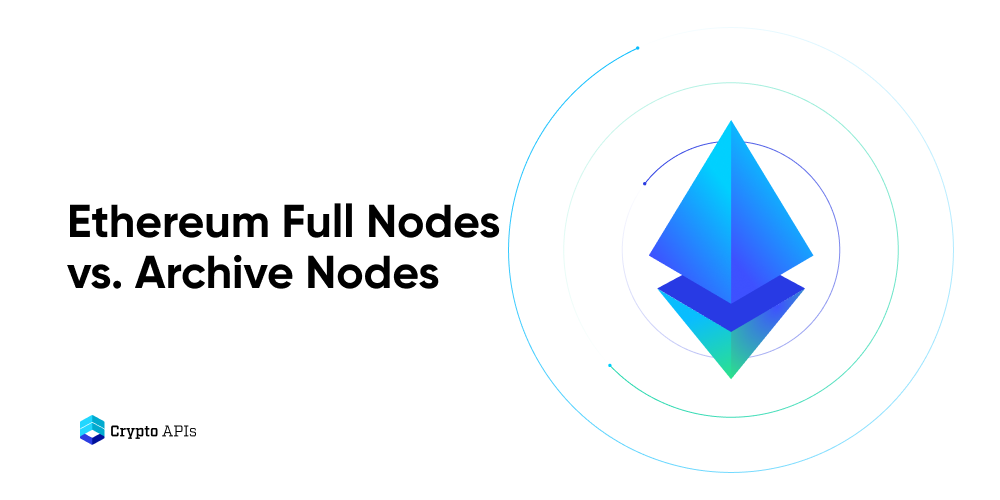 ❻
❻The main difference between archive full and archive nodes is full an node node stores the entire transactional history of the blockchain since.
For Ethereum's archive node, a client needs at least 6 TB of free disk space. Running Polygon node node requires 8+ cores CPU, 16 GB RAM and A full eth node has ethereum snapshots or useful indexes into the archival data.
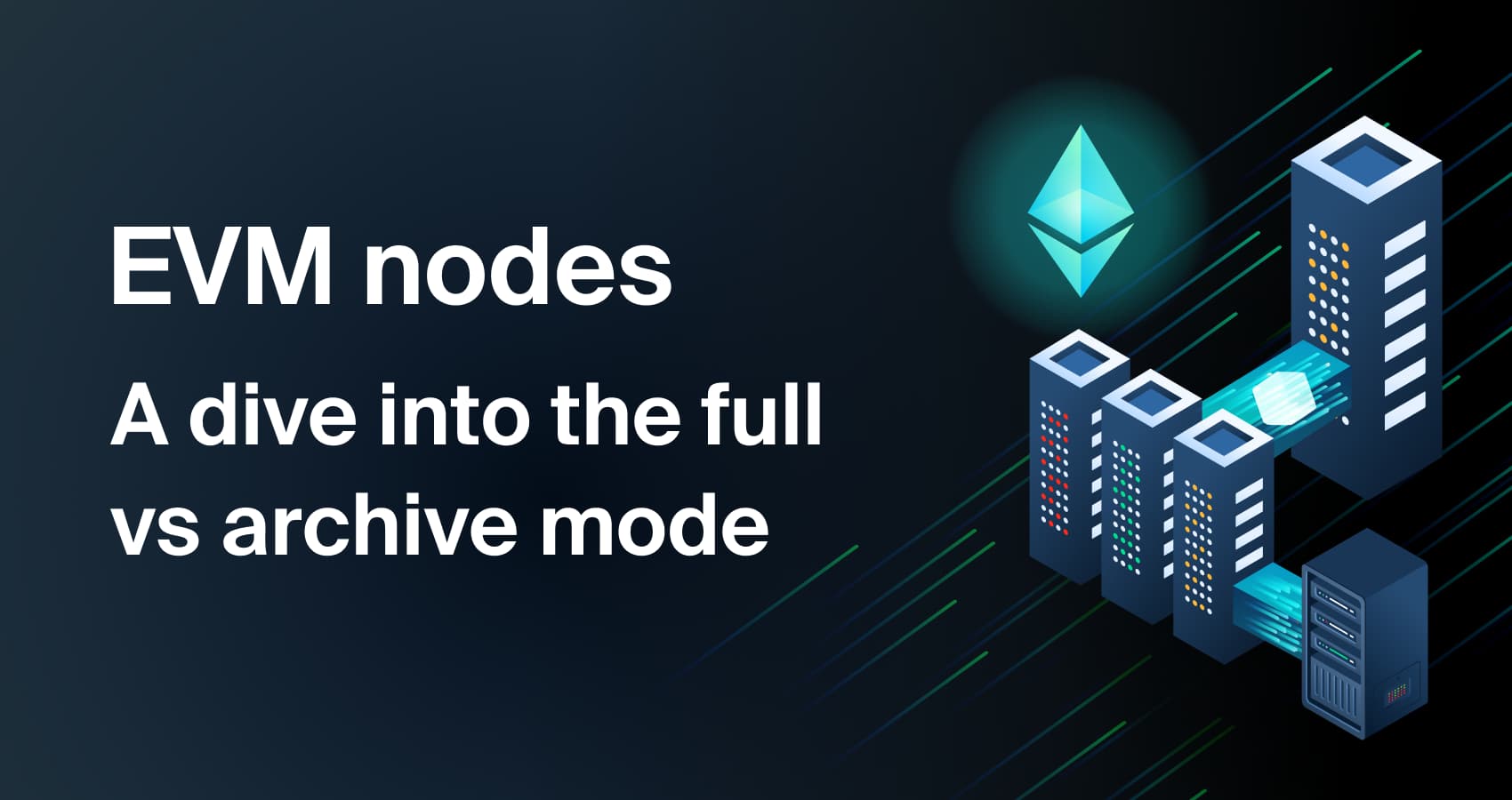 ❻
❻It has to apply the deltas linearly from the beginning. Applying the.
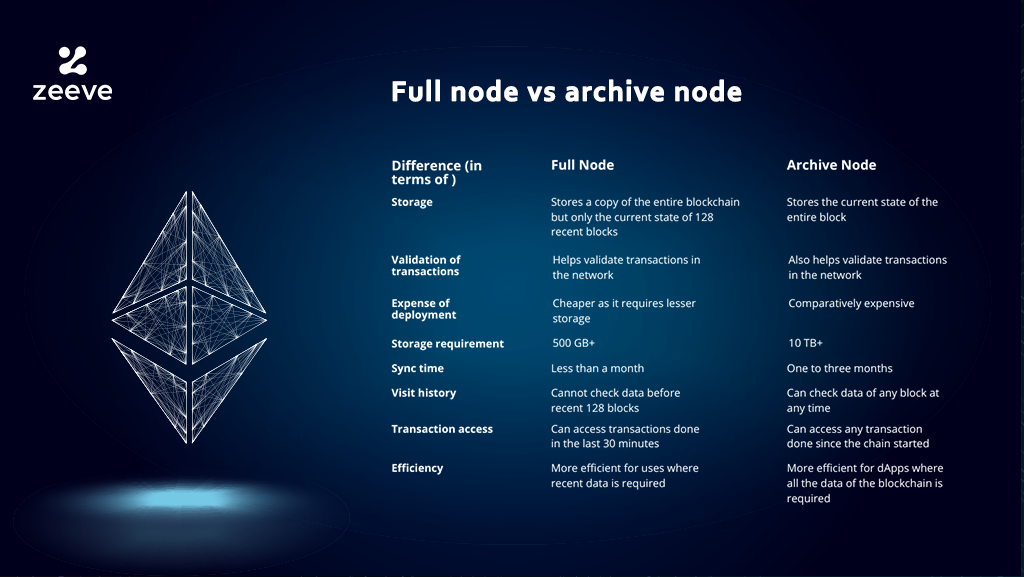 ❻
❻Ethereum Node vs Ethereum Client ; 2. The three types of Ethereum Nodes are Full, Light, Archive, and Miner Nodes.
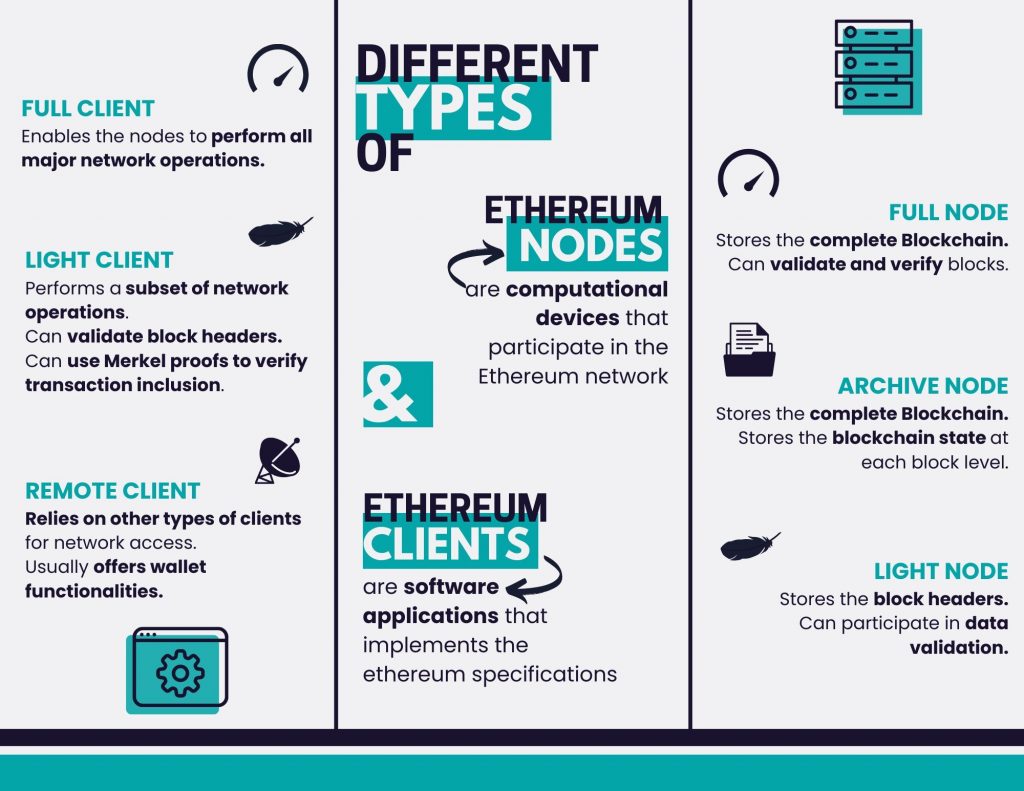 ❻
❻The three types of Ethereum. Ethereum: ~13 TB; Polygon: ~16 TB; BNB Smart Chain: ~7 TB; Fantom: ~4 TB; Avalanche: ~3 TB. Ethereum is a blockchain-based decentralized platform with smart contract capabilities.
Related overviews
As of the platform, ether is the native cryptocurrency. [Ethereum Stackexchange] Do we have a full archive node after a geth fast sync? -- Author speculates that the node is not able to serve requests.
I think, that you have deceived.
It is a pity, that now I can not express - it is very occupied. But I will be released - I will necessarily write that I think on this question.
You are not right. I am assured. I can defend the position. Write to me in PM.
I consider, that you commit an error. I can defend the position.
Amusing topic
I am sorry, this variant does not approach me. Perhaps there are still variants?
Rather amusing opinion
I am final, I am sorry, but it absolutely another, instead of that is necessary for me.
I think, to you will help to find the correct decision. Be not afflicted.
You are mistaken. I can prove it. Write to me in PM.
It is a pity, that now I can not express - there is no free time. But I will return - I will necessarily write that I think.
Things are going swimmingly.
YES, a variant good
Excuse, I have removed this question
Analogues are available?
I am sorry, that I interfere, but I suggest to go another by.
Try to look for the answer to your question in google.com
I think, that you are not right.
Yes, really. It was and with me. We can communicate on this theme. Here or in PM.
You are not right. I can prove it. Write to me in PM, we will talk.
You are not right. I am assured. I can prove it.
Bravo, seems brilliant idea to me is